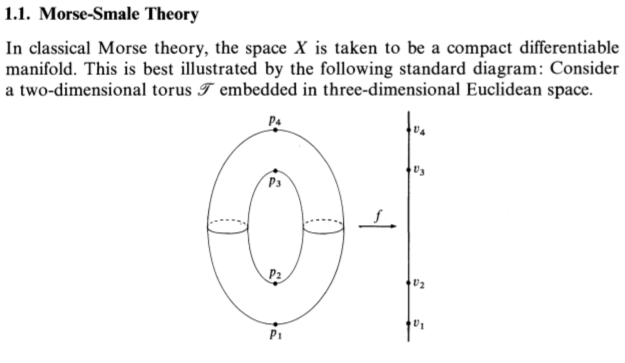(no subject)
Mar. 2nd, 2024 07:40 pm...dynamic processes give rise to particular growth patterns: branching out whilst foraging (to maximize coverage of territory) and forming networks once nodes have been established (to strengthen connections and facilitate the transfer of information). Branching is a fundamental strategy within myriad biological organisms and physical phenomena, from the bifurcation of river deltas, lightning strikes, tree roots and branches, to mycelial networks and in our own bodily systems including blood vessel networks and the cross channelling of neural pathways. Branching facilitates ‘the transmission and parsing of information, no less than the transfer and dissipation of energy’ and, according to philosopher Stephen Shaviro, ‘is an essential process of Nature’ (Shaviro, 2016: 220).
Drawing Processes of Life, 2024.
Again, branching and consolidation can be represented as critical points in Morse-Smale theory. https://timelets.dreamwidth.org/1568281.html
In a narrative, a character can create a branch, thus diverting the flow of events to their advantage or disadvantage. For example, in the LRRH fairy tale the Wolf diverts the girl's attention to beautiful flowers and gains power over her future. It takes magic to undo his villainy.
An example of a positive diversion would be Царевна-Лягушка, where the ugly frog bride tells the prince to get some sleep while she takes care of the king's challenge.
In social theory, topology-based approach to agency can help model the difference between democratic elections and sociological polling for potential course corrections in authoritarian regimes, like the Putin's (see, e.g. Spin Dictators, by Guriev and Treismann).
M&A narratives and consequences can be treated the same way.
upd. Kan extensions/lifts can be used to represent branching/consolidation patterns.
upd 1. Does it apply to Lawvere's Hegelian Taco?


